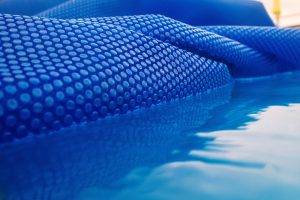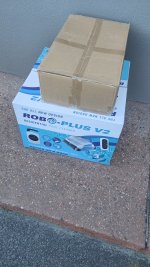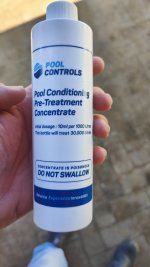Hi There!
First time pool owner with the below pool due to be handed over from the pool builder in the next 4-7 days.
We have had a few delays with weather and the pool has sat at the first stage ~ half filled for a few weeks and there is green algae forming in several places.
I am thinking that I may well have to basically start out SLAMing the pool to deal with the algae or will normal sanitisation take care of that? Or will the PB deal with this issue as part of the start-up/handover process?
I'm not certain but reading the literature from the PB it kinda looks like they balance the TA, CH, pH, Salt, CYA, get the pool to 3ppm FC and that's that.
In regards to the target numbers at initial balance I think I have a decent handle on what questions to ask them in regards TA, CH and pH targets.
The SWG says it's operating range is 3000-5000ppm with 4000ppm salt preferred. I should ask them to aim for ~4200ppm salt at start up?
The CYA level. I should ask them to leave this in the 20-30ppm range for now but look to increase to the 70-90ppm range recommended for SWG pools when I am sure I have the algae issue in hand? I don't want them to add too much CYA up front as it will make getting the algae killed much more difficult if I understand my reading here the past several days.
My target FC level will depend on the CYA level but also if I am needing to take corrective action off the bat. Should I make sure I have liquid chlorine on hand?
Also any tips for a good test kit in Australia? I'm pretty sure we can't access the ones suggested here and I expect the supplied 4-1 kit will be inadequate to try and manage the pool by TFP principles.
Thanks
First time pool owner with the below pool due to be handed over from the pool builder in the next 4-7 days.
We have had a few delays with weather and the pool has sat at the first stage ~ half filled for a few weeks and there is green algae forming in several places.
I am thinking that I may well have to basically start out SLAMing the pool to deal with the algae or will normal sanitisation take care of that? Or will the PB deal with this issue as part of the start-up/handover process?
I'm not certain but reading the literature from the PB it kinda looks like they balance the TA, CH, pH, Salt, CYA, get the pool to 3ppm FC and that's that.
In regards to the target numbers at initial balance I think I have a decent handle on what questions to ask them in regards TA, CH and pH targets.
The SWG says it's operating range is 3000-5000ppm with 4000ppm salt preferred. I should ask them to aim for ~4200ppm salt at start up?
The CYA level. I should ask them to leave this in the 20-30ppm range for now but look to increase to the 70-90ppm range recommended for SWG pools when I am sure I have the algae issue in hand? I don't want them to add too much CYA up front as it will make getting the algae killed much more difficult if I understand my reading here the past several days.
My target FC level will depend on the CYA level but also if I am needing to take corrective action off the bat. Should I make sure I have liquid chlorine on hand?
Also any tips for a good test kit in Australia? I'm pretty sure we can't access the ones suggested here and I expect the supplied 4-1 kit will be inadequate to try and manage the pool by TFP principles.
Thanks






